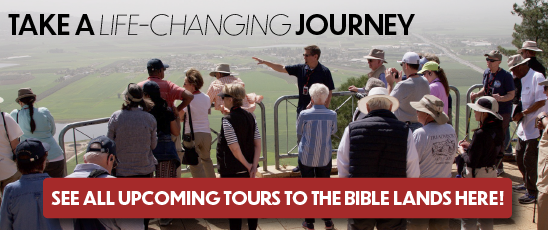If the world wants something so badly, why not let them have it? The problem comes when what they want is what God has given you and commanded you to guard. It becomes a tug of war with your heart as the prize.
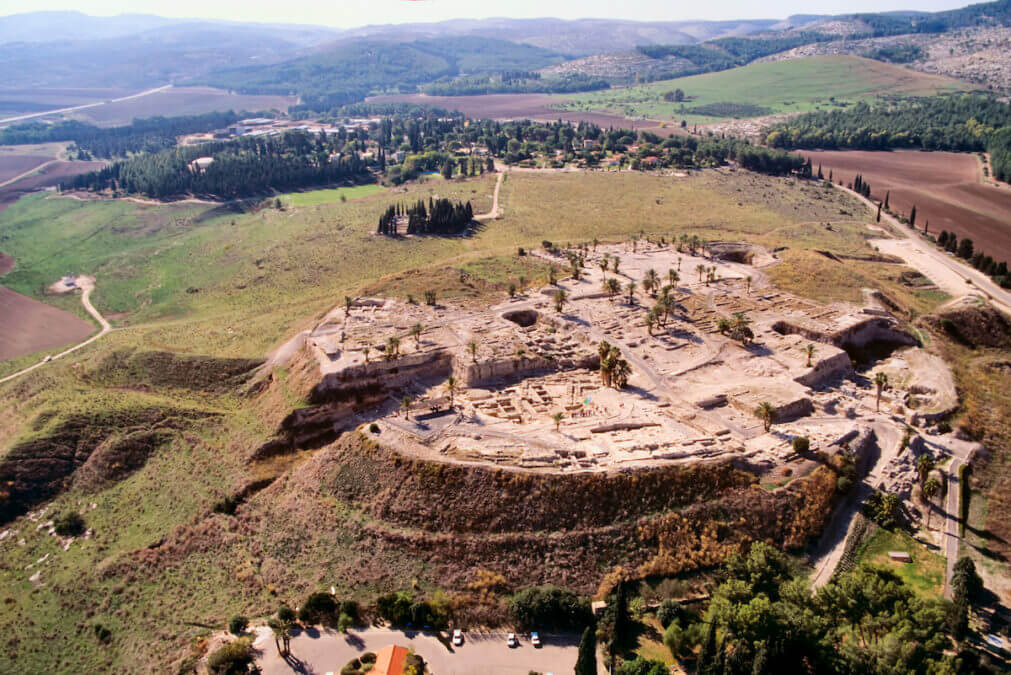
(Photo: The strategic site of Tel Megiddo. Courtesy of the Pictorial Library of Bible Lands)
If history ever compared the land of Israel to the game of “Monopoly,” the site of Tel Megiddo would be Boardwalk. It was the most coveted spot on the playing board. Location, location, location . . .
Tel Megiddo’s tremendous value came from its strategic location as the sentinel of the most important pass through the Mt. Carmel range.
Whoever held Tel Megiddo in the ancient world controlled the traffic and trade along the International Highway to and from Egypt. That meant both military and financial security.
Taking Megiddo is like capturing a thousand cities. —Pharaoh Thutmose III
Its value simply can’t be exaggerated. It’s lesson for us has a daily application.
Tel Megiddo—Looking Back
Geography doesn’t change.
That’s why Tel Megiddo’s strategic location remained for centuries the envy of all who passed through the land of Israel.
When someone conquered the site, they often would rebuild directly on top of the rubble of the previous inhabitants. It’s no wonder today that Tel Megiddo’s towering ruins offer a stunning view of the Jezreel Valley.
[slideshow id=40]
(All pics courtesy of the Pictorial Library of Bible Lands)
Tel Megiddo Yesterday and Tomorrow
The site’s name first appeared on the pages of history when Thutmose III chiseled it on the walls of the Karnak Temple. Thutmose III journeyed north through the Mount Carmel range by means of the Megiddo Pass, conquering the fortified city in 1468 BC.
- Whenever I travel on the Megiddo Pass (modern Route 65), I try to imagine the chariots of Pharaoh Thutmose III (1504-1450 BC) as they rumbled north through Joppa to battle the Canaanites at Megiddo.
- Thutmose III was the Pharaoh who oppressed the enslaved Hebrews (see Exodus 2:23.)
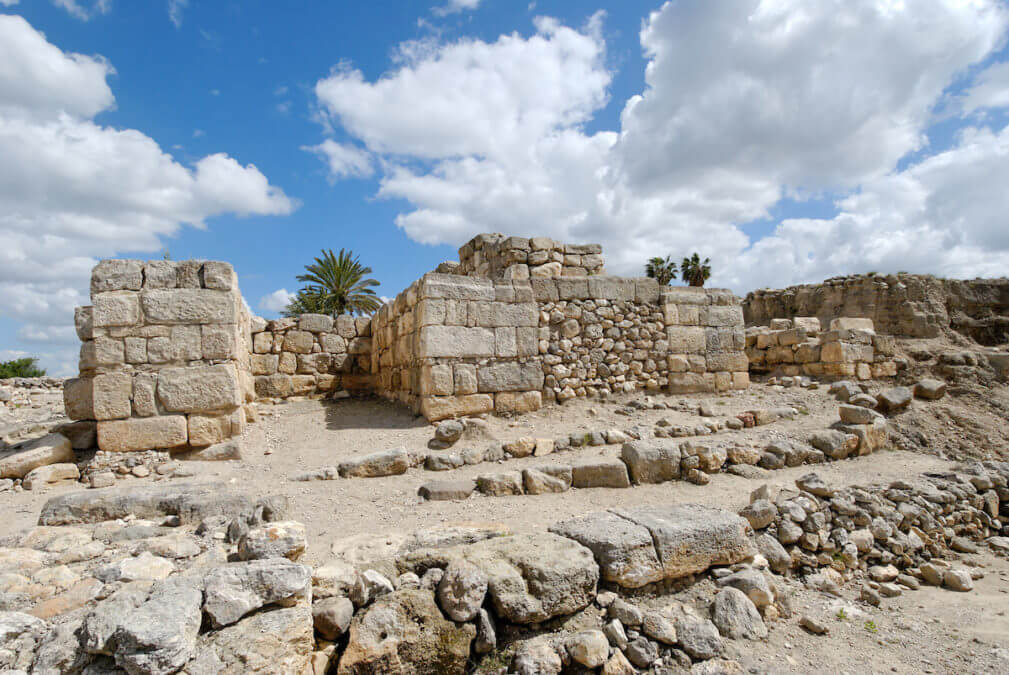
(Photo: Megiddo gate from the time of Solomon. Courtesy of the Pictorial Library of Bible Lands)
Biblical history affirms Tel Megiddo’s significance:
- When Joshua defeated the king of Tel Megiddo about seventy years after Thutmose III (Judges 11:26 and 1 Kings 6:1), the site had already stood strong for a millennium.
- Solomon fortified the city during his empire, building a gate that can still be seen today—similar to the gates he built at Hazor and Gezer (1 Kings 9:15).
- Pharaoh Shishak sacked the city in 923 BC, and the Israelite kings Omri or Ahab rebuilt on its ruins.
- About two hundred years later, the Assyrians took the city.
- King Josiah of Judah was killed there after facing off against Pharaoh Neco (2 Kings 23:29).
More recently, Tel Megiddo has witnessed the strategic victory of General Allenby against the Ottomans in 1918.
The Bible predicts a battle to come where the opposition to the Messiah will gather at the “place which in Hebrew is called Har-magedon”—meaning, “the hill of Tel Megiddo” (Revelation 16:16). The battle of Armageddon will culminate at the Second Coming of Jesus Christ.
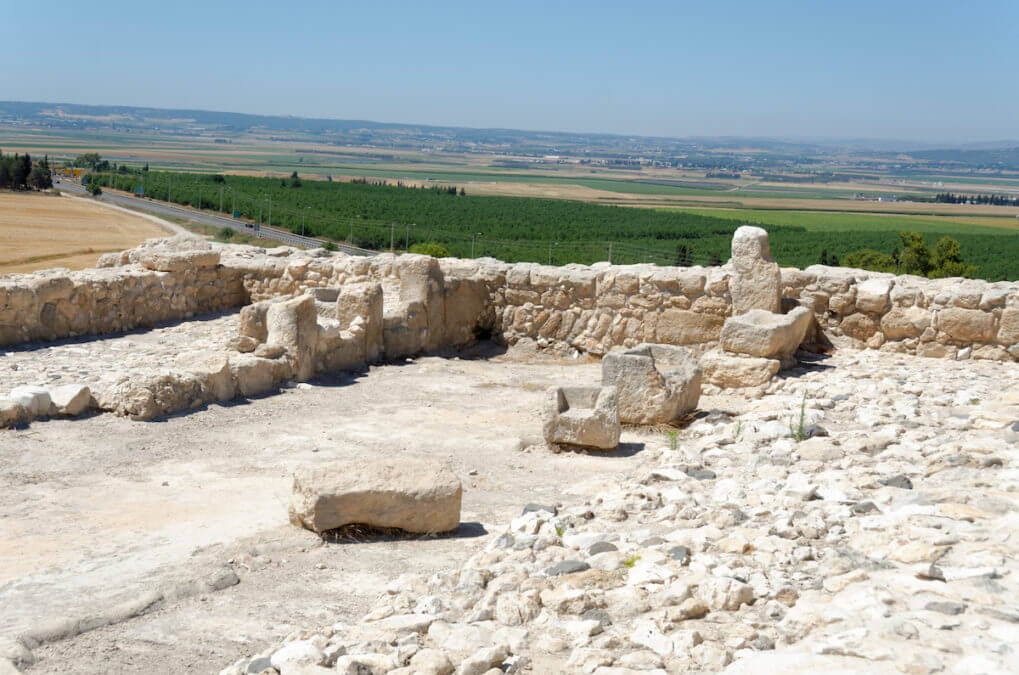
(Photo: Megiddo’s northern stables. Courtesy of the Pictorial Library of Bible Lands)
Archaeology at Tel Megiddo
For more than one hundred years, archaeologists have picked through the past at Tel Megiddo.
- Roughly twenty-six layers of occupation lie buried beneath its topsoil.
- The archaeologist’s spade has uncovered numerous finds, including city gates from multiple eras, a sacred area with a Canaanite altar, a grain silo, a water system, and buildings from the time of Ahab that were likely stables (though some argue they were storehouses).
- At the nearby Megiddo prison, a beautiful mosaic was discovered in 2005 that many believe dates to an early Christian church.
- If you want to participate in an archaeological dig at Tel Megiddo, contact the Tel Megiddo Expedition or Tel Aviv University.
Although scholars disagree sharply over the chronology of the archaeological record (big surprise!), Tel Megiddo remains an invaluable location even today.
Its buried treasures tell the story of those who lived there and those who died there defending the strategic pass along Israel’s International Highway.
Megiddo’s biggest contribution to Israel today?
Tourism.
Visiting Tel Megiddo
Because Tel Megiddo is a complex site and dense with history, it may help to do some reading before coming.
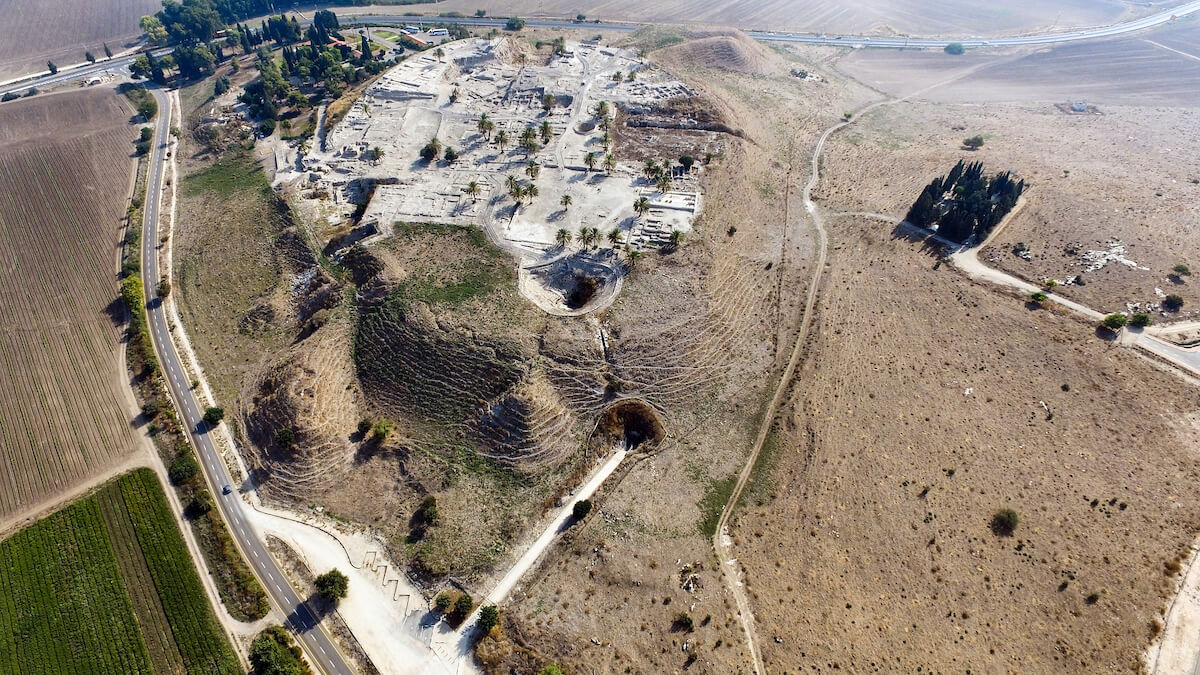
(Photo: Tel Megiddo. Courtesy of the Pictorial Library of Bible Lands)
Anyone unfamiliar with Tel Megiddo’s historical or geographical significance should plan to stop first at the visitors center. A model of the tell gives a bird’s eye view of the city as it appeared in King Omri’s day. A good visit should include the gate area (including gates from multiple eras), the sacred area, the grain silo, the stables (yes, I think they are stables), and a walk through the water system.
What Megiddo Tells us Today
The Israelites refused to drive out the Canaanites in Megiddo—as well as in Beth Shean, Taanach, and Gezer. These sites dotted the major roads that represented the front door to Israel. Not taking control of these cities amounted to not locking one’s doors at night.
This compromise produced disastrous results, just as the Lord had it would:
Their gods will be a constant temptation to you (Judges 2:3, NLT).
It always seems easier to mingle with the culture than to oppose its influence—to find the middle ground rather than stand on our own.
God gives specific commands to protect us from dangers we cannot discern on the surface. No doubt, obedience to God’s commandments is tough. It comes at a hard price—but not as hard as the results of compromise.
Just as in the days of Israel, our culture fights to stay entrenched in our hearts—hearts we have given to God. As we consider our culture’s tug today, we must also consider God’s words again. Controlling those key cities in Israel meant monitoring key points of entry into their lives. It wasn’t just a military issue.
It was spiritual.
In the same way, we must guard the critical points of entry into our hearts.
Tell me what you think: How does the culture try to entrench itself in your heart? To leave a comment, just click here.
Tel Megiddo on the Map:
See Tel Megiddo & More In Person
Journey to the Bible Lands with Wayne Stiles. You will NEVER be the same! Learn more:

